Risks related to carbon dioxide (CO2) emission allowance limits
{GRI EC2}
Risks related to carbon dioxide (CO2) emission allowance limits
involve insufficient allocation of CO2 emission allowances, which would force the Company to incur certain costs in order to purchase a sufficient number of allowances. 2013 was the first year of operation of the National Allocation Plan 2013-2020 (phase three NAP), and was in many respects an unusual year. Thus far, oil refineries had been allocated allowances on the basis of their throughput capacity utilization. Starting from 2013, for the first time refineries were to be assigned allowances calculated using the CWT (Complexity Weighted Tonnage) benchmarking. Another unusual development was that the European Commission not only declined to approve free allocation of allowances to installations covered by the Emission Trading Scheme, but also, from time to time, changed the general rules of such allocation. Therefore, Grupa LOTOS, just like other EU ETS participants, faced the risk of having to make decisions without knowing the precise rules.
According to information from the Ministry of Environment, Grupa LOTOS is going to be assigned 1,521,342 CO2 emission allowances to cover its emissions for 2013, and will be granted 11,303,332 allowances for the entire 2013-2020 trading period. This, as we are already aware, will result in a shortage of allowances and the Company will have to purchase them from other participants of the scheme. With a view to minimising the volume of additional emission allowance purchases, in recent years we have embarked on a number of projects, such as switchover to natural gas as the fuel used for power generation and as the key feedstock in hydrogen production; recovery of flare gases; upgrades of process furnaces, and implementation of a continuous energy efficiency improvement programme for the refinery's production units.

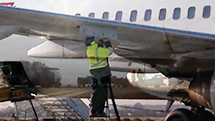
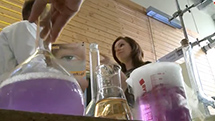
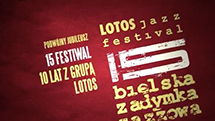
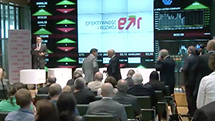






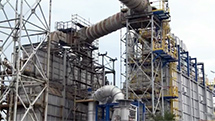
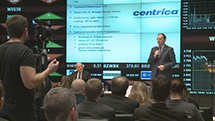
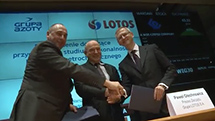
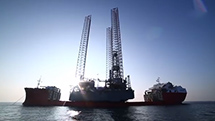

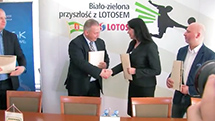

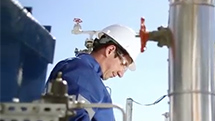

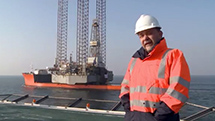
 E-mail
E-mail Facebook
Facebook Google+
Google+ Twitter
Twitter